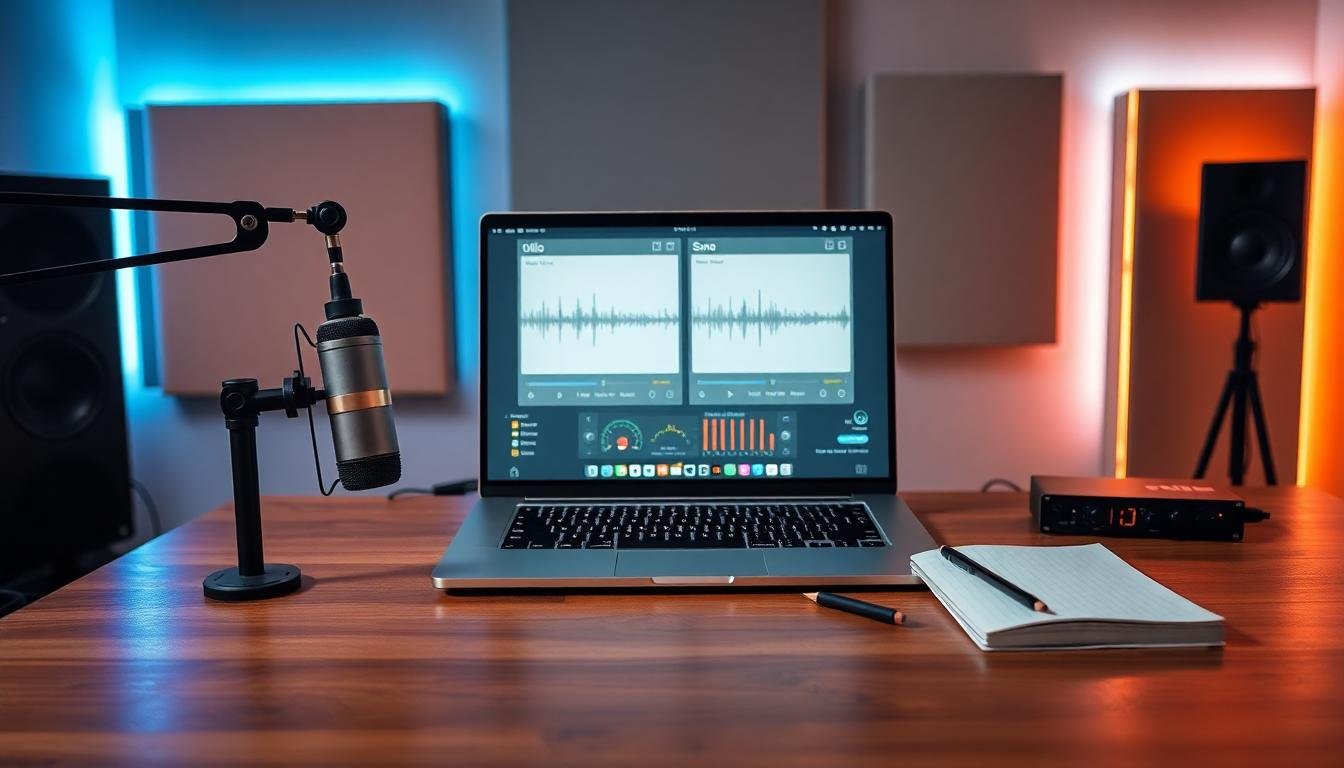The surge in AI-powered music creation has turned routine audio production into a fast, affordable workflow, making tools like Udio and Suno impossible to ignore. Both platforms have carved out loyal followings by balancing speed and sound quality with controls that suit pros and beginners. The big question, “Udio vs Suno: which is better?” gets a lot of buzz for good reason—each has strengths and quirks that matter for content creators, marketers, and SEO professionals who depend on reliable, royalty-safe tracks.
With new releases shaping up in 2025, Udio and Suno keep pushing each other, but their focus differs: Suno is all about fast, full-song outputs with approachable creativity, while Udio leans into high-fidelity audio and deeper customization. This post breaks down both platforms across features, usability, audio quality, licensing, and pricing, aiming for a fair take that respects real-world workflows and commercial demands. For a wider view on where these tools fit, you might also check out the best AI music and voice generators 2025. If you need practical results, expect unsponsored, first-hand insights—speed where it works, detail where it matters, plus advice on handling the limits of AI audio for business use.
Overview of Udio and Suno: What Do They Offer?
Before you pick sides in the “udio vs suno” debate, you need a grip on what each platform promises out of the box. Both are marketed to busy creators, marketers, and SEO teams who crave fast, unique music they can legally use without licensing headaches. But their approaches and core experience aren’t identical; understanding the differences can save you a lot of trial and error.

What Udio Offers
Udio is built for anyone who cares about fine detail in audio—and wants more hands-on options beyond simple prompts. You’ll notice this as soon as you poke around its interface or try to direct your own “sound” or structure. Driven by high-fidelity output, Udio leans into these strengths:
- Advanced Customization: Udio gives you more than just a genre picker. Think remix tools, intro/outro editing, and blending features that let you nudge generated tracks much closer to what you imagined.
- Direct Control: Users can shape song length, sections, instruments, and tempo. For marketers or SEOs who want intros/loops tailored by second-by-second needs, this is a quiet superpower.
- High-Quality Audio: Udio tracks sound crisp, clean, and well-mixed for most genres. Great for content creators who need commercial-ready tracks that won’t require hours of extra mixing.
- Collaboration and Workflow: Udio’s cloud-based platform is fast, and its session system supports feedback swaps or quick iterations with a team.
A standout: Udio’s remix and inpainting capabilities let you punch in changes to specific sections. This means if you like the first 20 seconds but want a louder chorus, you don’t have to regenerate the entire song. According to this AI music generator comparison, these creative tools put Udio closer to what semi-pro or pro musicians expect in their workflows.
What Suno Offers
Suno takes the opposite tack: it’s for speed demons who want a catchy track, now. Its interface is intentionally streamlined for instant results, with as few bottlenecks as possible. Here’s what makes it click:
- Rapid Full-Song Generation: Suno spits out completed songs in under a minute. You feed it a style or a mood, and it turns those into surprisingly polished audio, lyrics included.
- Approachable Creativity: The simplified interface hides complexity, so non-musicians can pump out ideas without technical fuss. Think TikTok creators, marketers, and agencies knocking out multiple campaigns daily.
- Lyric and Vocal Options: Suno auto-writes lyrics and generates vocals, often with genre-matching style. A huge plus when you want a full jingle, not just a beat or loop.
- Licensing Simplicity: All tracks are generated with clear commercial usage licenses, which is a time-saver for pros who don’t want to hunt down rights. Learn more about Suno’s easy licensing here.
The platform keeps peace of mind front and center. Instead of giving you 20 dials, it banks on quick outputs that suit most marketing or content jobs right out of the gate.
Side-by-Side Glance: Udio vs Suno
Here’s a quick breakdown for readers deciding between udio vs suno:
| Feature | Udio | Suno |
|---|---|---|
| Core Focus | Audio quality, customization, remixing | Fast, done-for-you music, lyric generation |
| Custom Controls | Intro/outro, section editing, loops, blending | Mood/style prompt, lyric inclusion |
| Output Speed | Fast, but with more manual tweaks | Near-instant, few manual adjustments |
| Best Use Cases | Promo videos, podcasts, brand assets | Ads, social content, fast campaign pivots |
| Licensing | Royalty-safe, includes remix rights | Royalty-safe, simple terms |
For a further comparison of user experience and pricing in 2025, see the Udio vs Suno AI review.
Both tools can handle steady project loads for content teams, but your choice will come down to how much you want to tweak versus how fast you need new tracks. If you’re often repurposing music for dozens of unique use cases, Udio gives you granular control. If your team prizes speed, especially for social or ad content, Suno’s “one-click song” approach wins. For more real-world context, check out this overview of top AI music tools in 2025.
Features and User Experience: A Direct Comparison
In this section, we zoom in on how Udio and Suno feel in practice. You’ll see where each one excels—or falls short—on sound quality, realism, and workflow. The point isn’t just to pick a winner, but to spell out which option fits your production rhythm, content demands, and need for creative control.
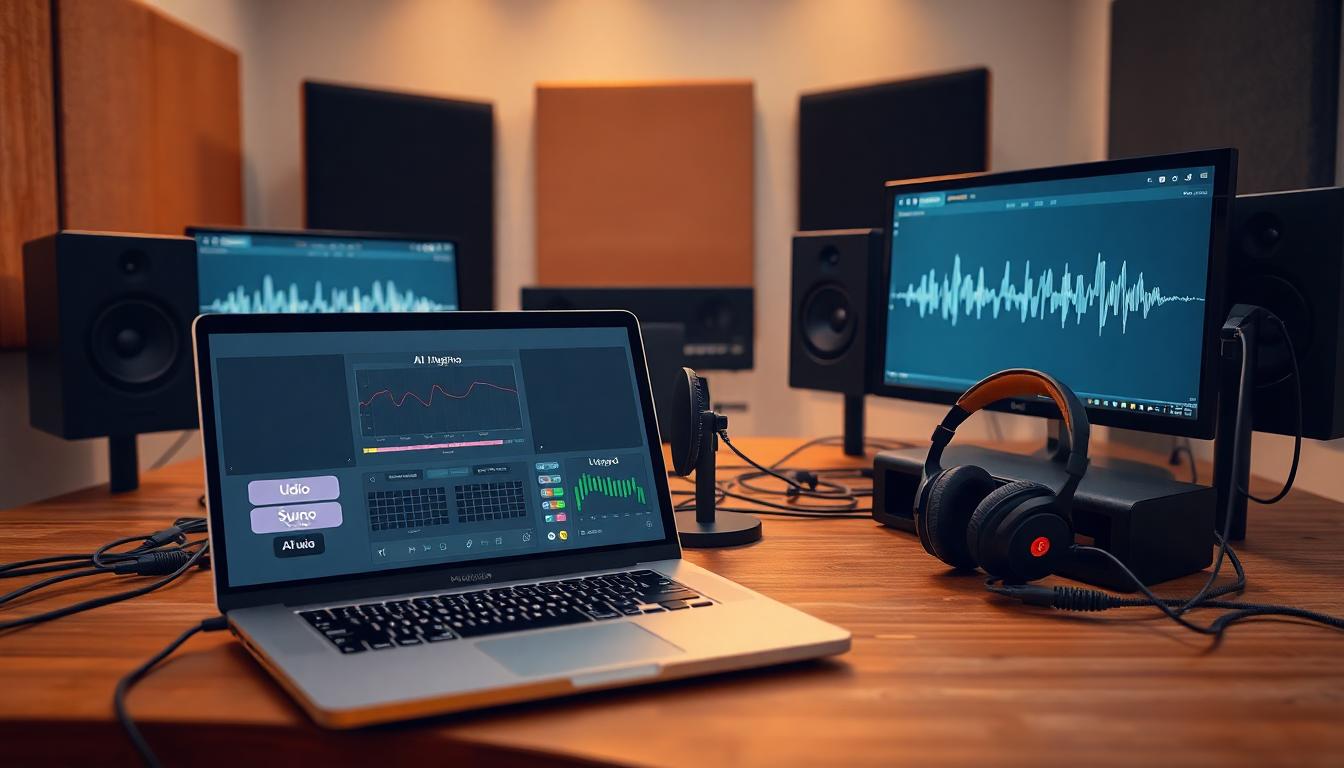
Audio Quality and Realism
For creators, marketers, and SEOs, the golden metric is how natural and polished the final track sounds. Both Udio and Suno deliver AI-generated music, but their methods—and results—differ.
Udio takes the lead when clarity, polish, and studio-quality realism matter. Most musicians and power users note that Udio’s tracks offer greater separation between instruments, more authentic dynamics, and a mix that sounds less “robotic” out of the box. The vocals, in particular, have a smoother, more expressive feel. Listen to a side-by-side test and you’ll often pick up on subtle vocal phrasing or instrumental depth that passes as semi-professional studio work. Users on feedback threads like this Reddit discussion say Udio’s voices are “cleaner and more human,” especially for genres that focus heavily on vocals.
For those producing instrumental tracks—think background scores, content beds, or brand themes—Udio gives you a head start. The high-fidelity output needs less downstream mixing, which saves time if you’re wearing all the hats in your workflow.
Suno, on the other hand, is about speed first. Its full-song generations serve marketing and quick content needs, where “good enough” trumps perfection. Suno’s vocal and lyric systems are tuned for rapid delivery, with a focus on clear, intelligible vocals that slot right into short-form projects. As one review highlighted, Suno “delivers tracks at groundbreaking speed, but the music it offers often feels unimaginative” if you’re aiming for top-level realism (source). That said, for social videos, product demos, and campaigns where fast turnaround matters, Suno’s approach fits the bill.
So, what if your track leans heavily on vocals? Udio usually edges out Suno in authenticity and range. For instrumental work or projects that demand pristine sound, Udio again takes the upper hand. But if you’re working with tight deadlines and need a catchy vocal hook on demand, Suno’s “done-for-you” method can’t be ignored.
Workflow and Editing Capabilities
The day-to-day grind often comes down to workflow. How much can you tweak, edit, and own your tracks before shipping? Both platforms answer that question differently.
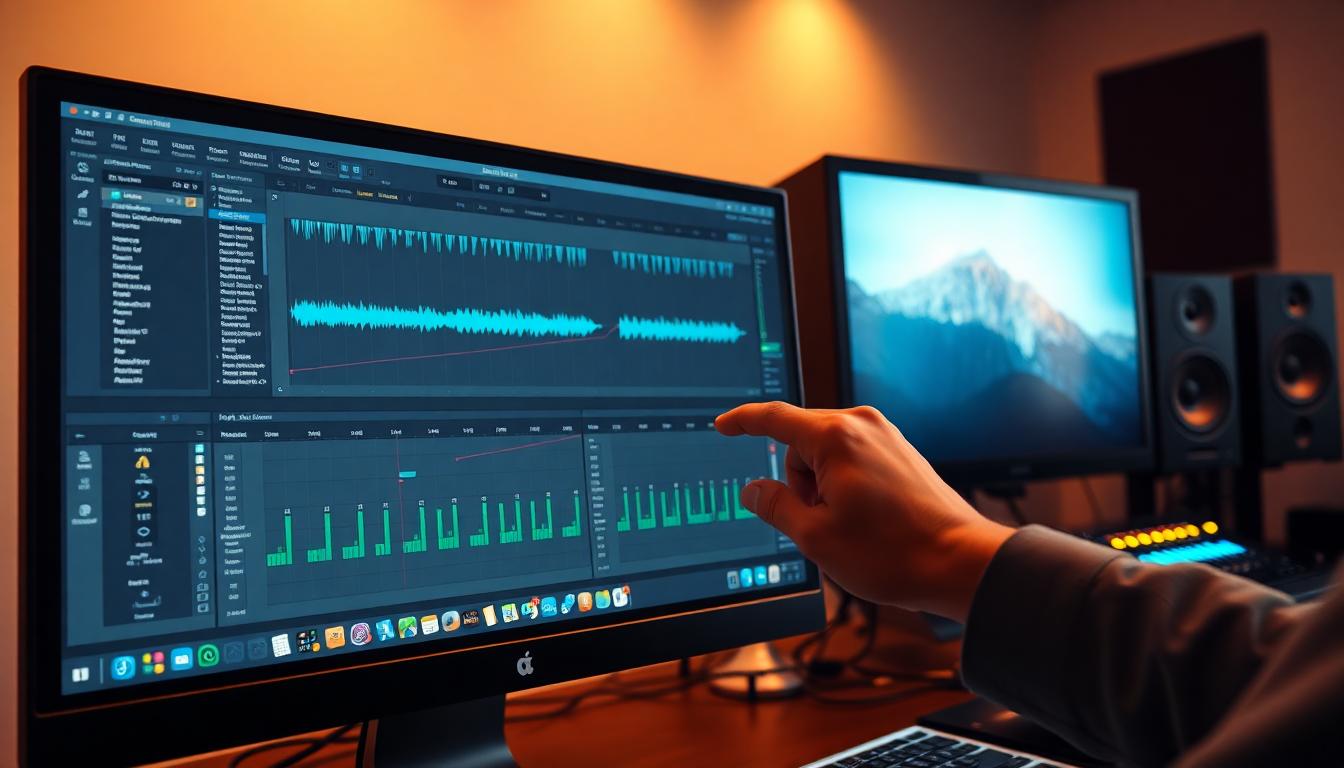
Udio hands you more creative control. The interface lets you:
- Adjust song sections (intro, verse, bridge, etc.)
- Remix stem layers or instrument groups
- Use inpainting to repair or modify specific segments
- Set tempo and song length precisely
- Export in ways that slot into most DAWs
These features suit marketers and music pros who want to rework a track until it fits branding or campaign goals. If you’re familiar with session work—punching in new vocals or redoing a chorus—Udio’s system will feel like home. Some creators also point out its collaboration perks: cloud sessions, version history, and team feedback tools reduce headaches, especially if multiple people are tweaking the same project.
Suno excels at keeping things moving. Its whole workflow is built for “one-prompt-in, one-song-out.” You won’t find tons of section controls or stem editing, but you will get automatic lyric writing and easy exports. If you want batch songs or plug tracks directly into marketing videos without fiddling, Suno is hard to beat. The workflow is:
- Write a simple prompt or genre
- Get a ready-made song with vocals and lyrics
- Download and publish
For fast-paced campaigns, this helps you move from idea to delivery in minutes instead of hours. But if you crave hand-on arrangements, Suno can feel limiting. Some power users note that Suno’s lack of deep editing means you might need outside tools (like logic or Ableton) to tweak timing or layers.
Comparison in a nutshell:
| Feature | Udio | Suno |
|---|---|---|
| Section editing | Yes | No |
| Inpainting/remixing | Yes | No |
| Lyric generation | Limited/Optional | Automatic (every song) |
| DAW integration | Strong (multitrack, stems) | Basic (final stereo file) |
| Workflow speed | Slower but more flexible | Ultra-fast, less custom options |
| Best fit | Multi-edit projects, brand sound design | One-off tracks, quick campaigns |
If you’re deciding between udio vs suno, think about your typical cadence. Does your brand need a repeatable sound you can tweak across projects? Udio’s advanced editing wins. Is your marketing engine all about speed, trends, and getting content shipped? Suno’s streamlined workflow is probably enough.
For deeper reading on where creative control and speed meet (and clash) in today’s AI music world, this side-by-side battle gives more real-use insight: Battle of the Bands III: Riffusion vs. Suno vs. Udio.
When it comes to “AI helps, human polishes,” Udio hands you the keys. Suno is the faster rideshare—no customization, but you’ll definitely get where you need to go on time.
Pricing, Licensing, and Legal Considerations
The price you pay, the rights you get, and how legally safe your output is—these are the make-or-break issues if you’re using AI music for business or public content. In the “udio vs suno” debate, the fine print can sometimes trip up even experienced content creators or marketers. Here’s what to look for before you put money or your brand reputation on the table.
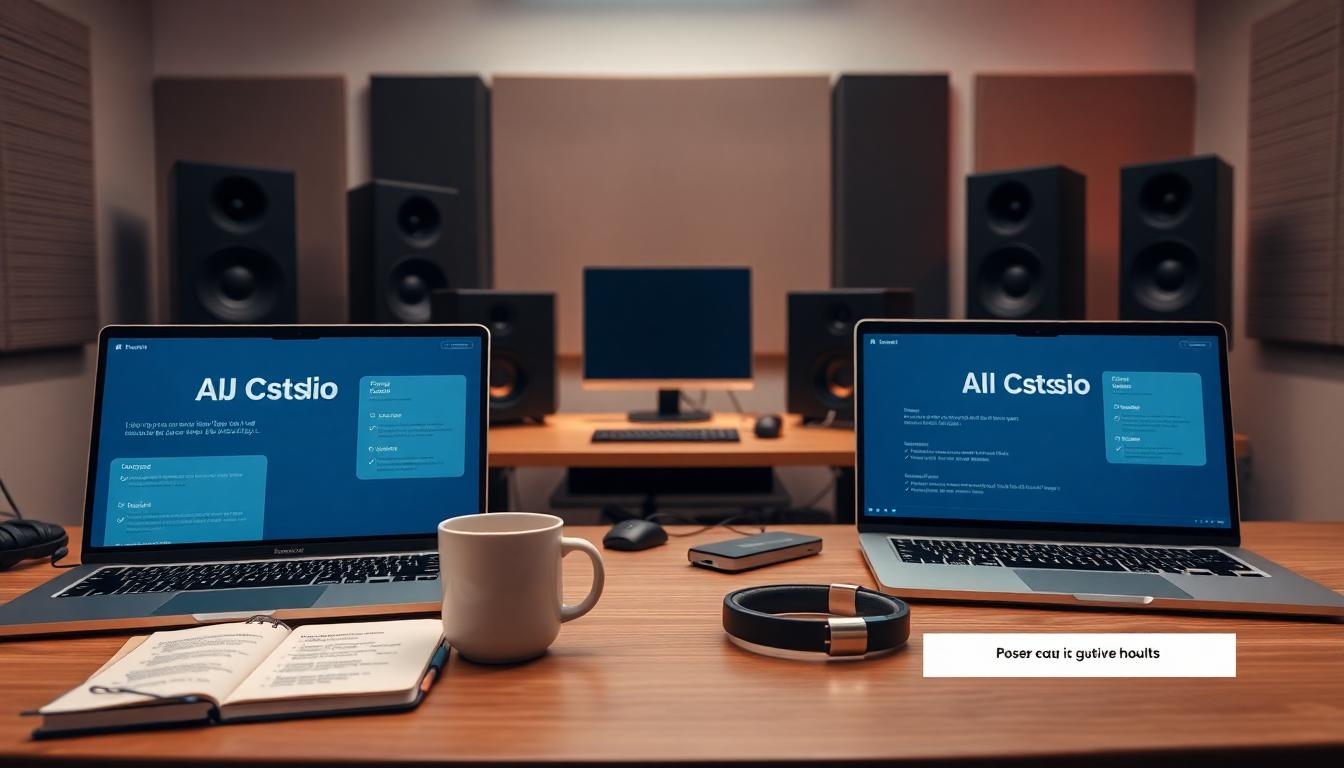
Pricing: Subscription Models and Cost Control
Subscription fees and credit systems are the rule. Both Udio and Suno let you start for free, but quickly nudge you toward paid plans if you make music regularly or need premium rights.
Suno:
- Free tier: Includes about 50 credits (or songs) per day—solid for trying things out but can bottleneck high-output campaigns.
- Paid plans: About $10 per month (or less if you go annual), giving expanded daily credits, higher quality downloads, and priority access.
- Custom plans: Agencies or teams with large music needs can usually get bulk deals and higher limits.
Udio:
- Free beta: For now, Udio lets users generate a large number of tracks monthly (1,200+), but this may soon shift as the platform matures.
- Paid tiers: Pricing for the full commercial release isn’t fully public, but rumors point to a structure similar to Suno, with free trials followed by flat monthly rates keyed to output needs.
- Value add: Udio teases extra features (advanced editing, multitrack export) for higher subscription levels.
If you run a small content shop or only need the occasional custom track, the free tiers may get you by. For regular ad runs, podcasting, or YouTube, expect to go premium fast. For a direct compare of up-to-date prices, see this in-depth Suno vs Udio pricing breakdown.
Pricing Table: Udio vs Suno (2025 Snapshot)
| Platform | Free Tier | Monthly Cost | Notable Limits / Perks |
|---|---|---|---|
| Suno | 50 credits/day | $10 ($8/year) | Paid unlocks full resolution, pro-use |
| Udio | 1,200 songs/month (beta) | TBA* | More edits/remixes at higher rates |
*TBA = To Be Announced. Udio’s paid plan details are still rolling out as of mid-2025.
Licensing: What You Own, What You Can Do
Legal peace of mind is not optional. You need clear rights for commercial use if you’re uploading this music to YouTube, TikTok, client sites, or podcasts.
Suno keeps it simple: Every paid track is cleared for commercial use, including monetized YouTube and ads. Free tracks may have some restrictions (like crediting Suno or not using them in resold templates). You never own the underlying model, but you get a global, perpetual, royalty-free license to the specific output.
Udio: Commercial terms are similar, but Udio also encourages creative derivatives (like remixes or extended edits) for business use. This suits marketers who want a “house sound” they can tweak for new campaigns, intros, or product launches. Like Suno, the main caveat is you can’t claim copyright on the AI’s output itself, only on your unique arrangement or combined works.
- Both platforms ban abusive or adult content, so watch your prompts.
- Soundalike risks: AI outputs that mimic known songs or artists too closely might still face takedowns on some platforms—even if you own a license. This isn’t unique to Udio or Suno, but it’s a real risk if your prompts are too specific.
For more on what’s above board and what isn’t in AI music commercial use, see point-by-point legal reviews in this full Udio vs Suno 2025 comparison.
Legal Pitfalls: Risks to Avoid
Even “royalty-free” doesn’t mean risk-free. Here are some non-negotiables:
- Check for platform-specific rules: YouTube and TikTok sometimes update their policies on AI music uploads, so review what is allowed every few months.
- Avoid famous soundalikes: Writing “make this sound like [Famous Artist]” is tempting, but that can still raise copyright flags or get you DMCA’d, no matter what the platform’s docs say.
- Document your rights: Always keep proof of your platform license, subscription status, and song creations (timestamps, exports, receipts).
A practical note: If you’re producing for clients or third parties, you must share detailed license info—preferably in writing. The last thing you want is a client email asking why their new product video got flagged by YouTube robots.
Summary Table: Rights and Risks at a Glance
| Topic | Udio | Suno |
|---|---|---|
| Commercial Use | Yes (paid tiers, most outputs) | Yes (paid tiers, most outputs) |
| Remix/Derivative | Allowed (paid tiers, broad terms) | Allowed (within terms) |
| Soundalike Risks | Medium (AI model risk) | Medium (same) |
| Copyright Level | License to use, not own copyright | License to use, not own copyright |
If you need a sanity check on “udio vs suno” licensing safety, this community thread gives personal experiences from creators who’ve cleared or been flagged on both platforms: Suno vs Udio: Which one is superior? Simple A/B test.
Staying informed on cost and rights is part guardrail, part strategy. If you want the best value and legal cover, keep an eye on shifting subscription specifics and always verify license scope before publishing or pitching music to a client.
Who Should Use Udio or Suno? Use Case Scenarios
Choosing between Udio and Suno usually comes down to what you need out of an AI music generator. Both have carved out their fans, but their real strengths pop up in day-to-day projects where you either need precision, control, and sound fidelity, or you just want tracks produced at the speed of your social feeds. To help figure out where these tools really shine, let’s break down the core audiences and scenarios where each platform stands out.
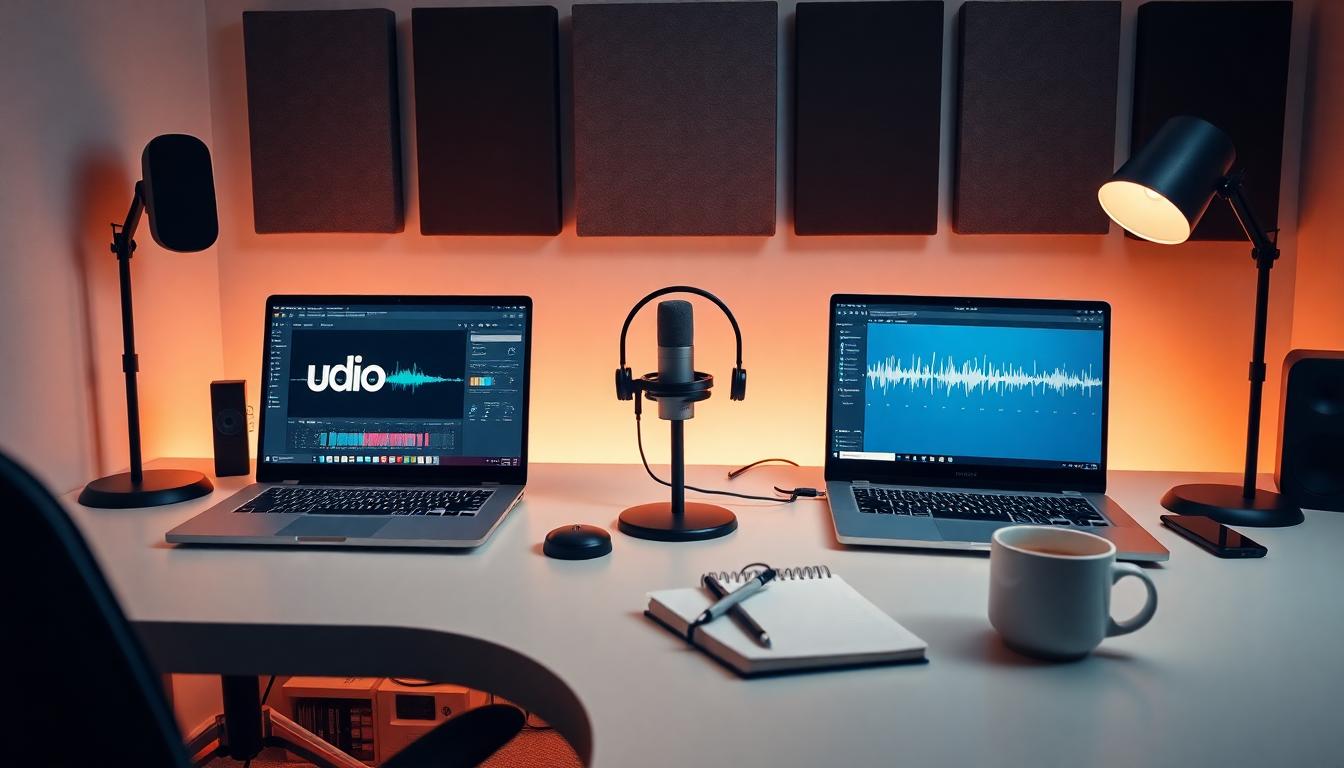
Udio: For Creative Professionals Demanding Control
If you care about detail, or you want to build a “brand sound” that’s not just background noise, Udio is the tool to look at first. Udio’s deep editing, remixing, and section-by-section tweaks don’t just suit music pros—they unlock creative options for marketers who want to avoid the “template” feel that a lot of AI music creates.
Ideal use cases for Udio:
- Branded content and ad campaigns: When you need intros, outros, or theme music to stick with your brand’s personality, Udio’s remix and multitrack systems let you shape sound until it’s on-message.
- Podcasts and video production: Udio works well if you’re building a recurring series and need slight variations each episode without redoing the entire track.
- Commercials and product launches: Adjust timing, punch up choruses, or loop a hook—Udio responds to these detailed changes far better than one-click systems.
- Music education and demo tracks: Teachers, students, or creators who want to isolate stems (vocals, drums, bass) will find Udio’s export options easier for lesson planning or tutorials.
If your workflow involves feedback cycles or shared editing, Udio’s collaborative tools are a win. For deeper insights into how Udio fits advanced creative production, see this Suno vs. Udio in-depth comparison.
Suno: For Fast-Moving Marketers and Social Content Creators
Not everyone wants to spend 30 minutes editing a jingle. Sometimes, speed matters more—especially in social media, short-form ads, and places where content turnover is high. That’s where Suno nails its lane: it’s designed for the marketer, brand manager, or creator who needs a finished track with minimal fuss.
Best fit scenarios for Suno:
- High-volume ad creatives: Cranking out a dozen short social ads in a day? Suno’s rapid generation keeps you moving.
- Short-form video and TikToks: The platform’s speed and built-in lyric/vocal generation give you songs ready for quick cuts, trending sounds, or meme content.
- Campaign testing and A/B experiments: If you want to try multiple musical directions for a campaign (upbeat, moody, playful), Suno’s workflow makes pumping out options quick.
- Clients who want choices: Agencies and freelancers can deliver three or four rough cuts to a client fast, letting them pick their vibe before moving to production.
Suno is also the safer bet for non-musicians or teams where music isn’t a core skillset. You get a working, probably-on-brand song with zero technical hurdles. This is reinforced by user comparisons like this Reddit feedback thread on Suno v4.5 vs Udio.
Comparing Scenarios: Who Truly Wins?
To keep it practical, here’s a table showing which platform better suits common tasks you’ll run into:
| Scenario | Best Option | Why |
|---|---|---|
| One-off ad jingle in 2 minutes | Suno | Faster, lyric/vocals auto-generated, ready-to-go download |
| Branded podcast with custom intros | Udio | Control over structure, remix, and audio quality |
| Social trends and meme content | Suno | Speed and volume, lyrics included |
| Recurring video series with brand sound | Udio | Flexible tweaking and multitrack export |
| Pitching multiple options to a client | Suno | Easy to generate three-plus versions fast |
| Audio for education or tutorials | Udio | Stems and section edits for tailored examples |
What you rarely want to do: ask Suno for a polished, controlled score for a high-budget project, or expect Udio to kick out five rough-draft ad hooks in five minutes. Both can swing above their weight, but they hit hardest on their own turf.
How Marketers and SEOs Are Really Using These Tools
- Marketers running campaigns for fast-moving brands tend to lean toward Suno—speed wins when content windows close fast.
- Content creators aiming for higher production value, or who want a recognizable “sonic logo,” benefit from Udio’s tweakability.
- SEOs or YouTubers who need background tracks fine-tuned to scene changes or voiceovers save time with Udio’s section controls.
For more advice on which workflow best fits your content style, take a look at this candid write-up: Suno AI vs. Udio.
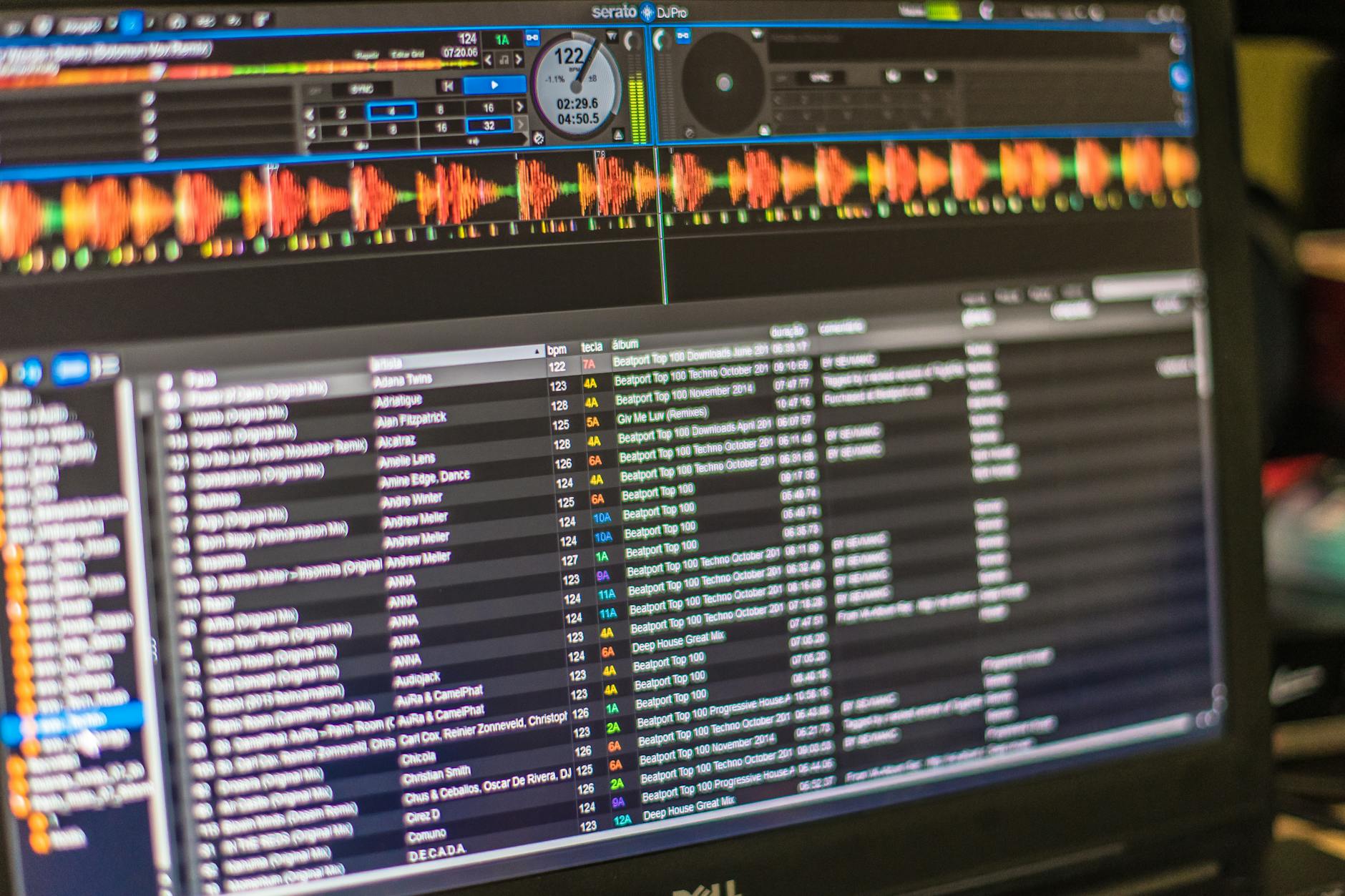
Wrap-up Examples for Quick Reference
If you…
- Need high-quality, brand-specific music: Go Udio, especially for predictable, long-term projects.
- Want instant songs for fun or test campaigns: Choose Suno, and you’ll get more output per hour.
- Operate in a tight feedback loop with a team: Udio’s collaborative tools help keep things on track.
- Work alone with zero music technical skills: Suno’s user-friendly and unlikely to slow you down.
For a more detailed rundown of pros, cons, and workflow tips based on your actual content needs, the broader AI music market comparison at FelloAI’s 2025 review is worth a scan.
Both Udio and Suno solve different pains in the audio side of content production. Chances are, one or the other will plug into at least part of your workflow—a few tests will show which one earns a permanent browser tab.
Conclusion
Choosing between Udio vs Suno isn’t about picking a universal winner. The right match depends on what you value in your workflow. If you want full control over edits, cleaner mixes, and a brand-specific sound you can shape across campaigns, Udio fits best. If you run on deadlines, push high volumes of content, or just need solid songs without extra hands-on time, Suno covers those needs with speed.
Pay close attention to audio quality, editing depth, and license terms before you commit. Both offer trials, so try each tool on your own projects to see what truly works for your creative process. The safest bet is to test, compare, and trust your own results before locking either one into your routine.
Thanks for sticking with this head-to-head. If you have experience with either platform or have tips for other content pros, share them below—real-world feedback always helps the next person picking between Udio vs Suno.

